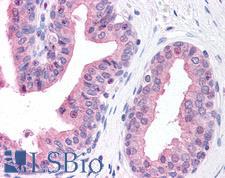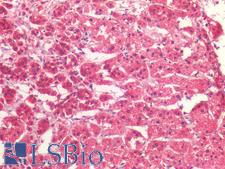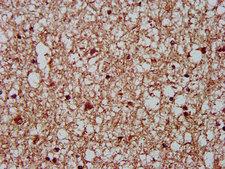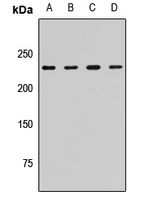order histories, retained contact details for faster checkout, review submissions, and special promotions.
Forgot password?
order histories, retained contact details for faster checkout, review submissions, and special promotions.
Locations
Orders Processing,
Shipping & Receiving,
Warehouse
2 Shaker Rd Suites
B001/B101
Shirley, MA 01464
Production Lab
Floor 6, Suite 620
20700 44th Avenue W
Lynnwood, WA 98036
Telephone Numbers
Tel: +1 (206) 374-1102
Fax: +1 (206) 577-4565
Contact Us
Additional Contact Details
order histories, retained contact details for faster checkout, review submissions, and special promotions.
Forgot password?
order histories, retained contact details for faster checkout, review submissions, and special promotions.
CKAP5 / ch-TOG
cytoskeleton associated protein 5
CKAP5 / ch-TOG is a cytoskeleton-associated protein which belongs to the TOG/XMAP215 family. The N-terminal half of this protein contains a microtubule-binding domain and the C-terminal half contains a KXGS motif for binding tubulin dimers. This protein has two distinct roles in spindle formation; it protects kinetochore microtubules from depolymerization and plays an essential role in centrosomal microtubule assembly. This protein may be necessary for the proper interaction of microtubules with the cell cortex for directional cell movement. It also plays a role in translation of the myelin basic protein (MBP) mRNA by interacting with heterogeneous nuclear ribonucleoprotein (hnRNP) A2, which associates with MBP. Alternatively spliced transcript variants encoding different isoforms have been identified.
| Gene Name: | cytoskeleton associated protein 5 |
| Synonyms: | CKAP5, CKAP-5, CHTOG, Ch-TOG, TOGp, KIAA0097, MSPS, TOG |
| Target Sequences: | X92474 Q14008 Q14008 |
Publications (4)





If you do not find the reagent or information you require, please contact Customer.Support@LSBio.com to inquire about additional products in development.










